All about pruning currants in spring
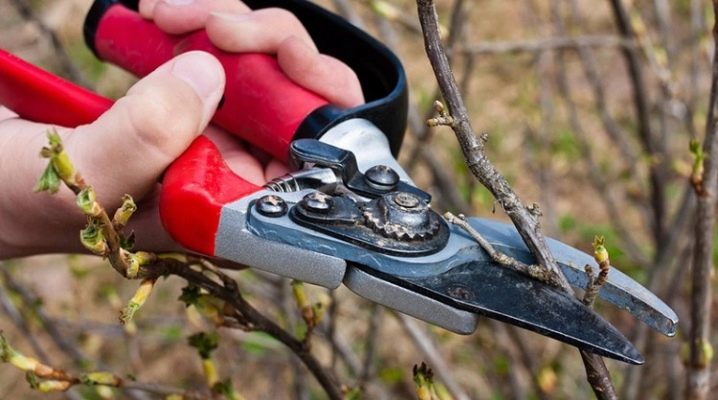
In most gardens, currants take pride of place. This is partly due to the fact that these bushes are easy to care for. As a result, summer residents often start several types of currants at once. An important point when growing this culture is the correct formation of the bush.
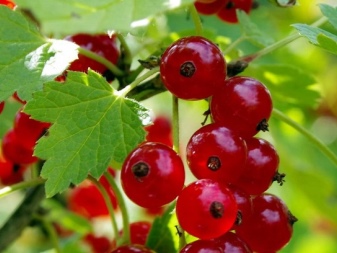
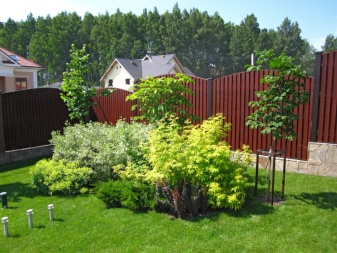
The need for a procedure
Pruning currants in the spring is a very important procedure. Quite often on old shoots you can notice traces of diseases, as well as the presence of pests. It is worth noting that the main volume of fruits is provided by branches, the age of which does not exceed three years. This mainly applies to varieties of black currant, since in red, four-year-old branches and older give a larger yield.
Also, spring pruning will allow better redistribution of food within the bush, which leads to the growth of young shoots. As a result, currants give more abundant yields.
It is necessary to resort to removing unnecessary branches also for decorative reasons. It is always pleasant to see neat and well-groomed currant bushes.
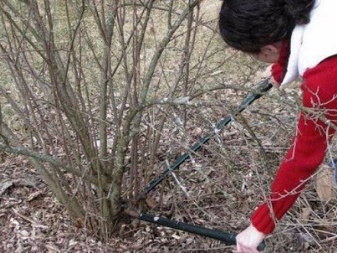
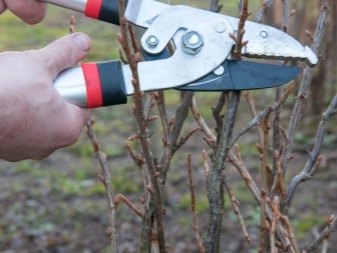
Timing
It is best to prune currants in spring in March or April. Of course, it is important to take into account the weather conditions. For this procedure, the time is best suited as soon as the snow cover has melted, and the temperature has risen slightly above zero on the thermometer. In early spring, it is recommended to remove excess shoots on the bushes at a temperature of 5 degrees. At this time, the currants are still "sleeping", and the risks of damage to the branches are minimal.
Depending on climatic conditions, shrubs are pruned in different months.
- In the southern region, the very beginning of spring, the first half of March, is considered the optimal time.
- In the middle lane, the first two spring months (March and April) are distinguished for pruning.
- In the Moscow region, it is recommended to remove excess branches in the second month of spring.
- In Siberia, the Urals and the Leningrad Region, pruning should not start earlier than April, but better even at the beginning of May.
It should be borne in mind that these time frames are approximate. You can choose the date more precisely only taking into account the weather. For example, if the winter was mild in the south, then you can cut the bushes in the middle of winter. However, it is worth making sure that there will be no severe frosts. In the northern strip, return frosts often occur, so it is better to wait until the snow melts.
You cannot prune if buds have begun to bloom on the currants. This can severely injure the bush. Of course, it will most likely not die, but the plant will spend a lot of energy on healing the cuts. As a result, this will affect the harvest, both in terms of timing and volume.
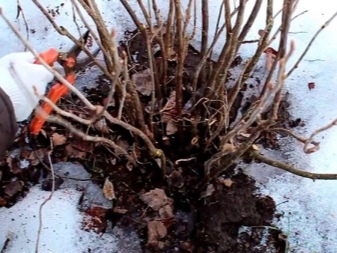

Views
In the spring, currants are pruned for rejuvenation and shaping. It is advisable to familiarize yourself with each type of pruning separately in order to form a healthy and beautiful bush.
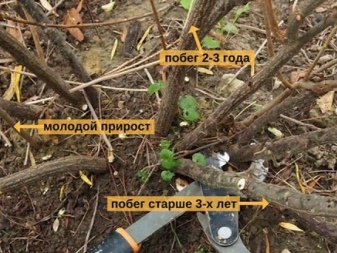
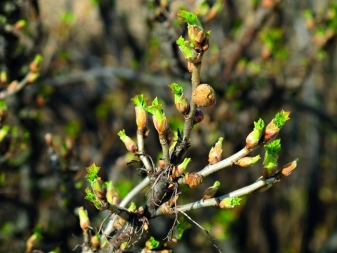
Formative
This type of pruning must be done every year. It allows you to remove unnecessary shoots in a timely manner in order to activate the growth of new ones. Typically, formative pruning consists of four steps.
- After the currants are planted, it is necessary to cut off the shoots slightly above the fourth bud.
- After a year, the shoots that have grown must be shortened by a third.
- After a year, you need to remove the branches that interfere with the stronger ones.
- The next year, pinching of the shoots should be carried out.
In subsequent years, branches should be pruned, which were among the first and reached the age of four years. The bush no longer needs them. As for the rest of the shoots, they are taken care of according to the plan for the first four years. As a result, you can get a beautiful currant bush, consisting of ten or more branches.
The main thing is not to forget to regularly get rid of outdated shoots and leave young ones.
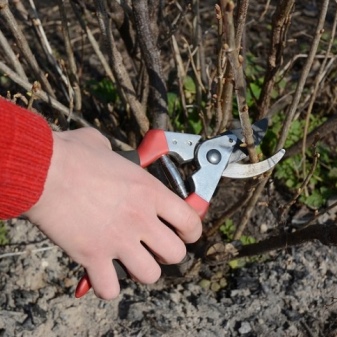
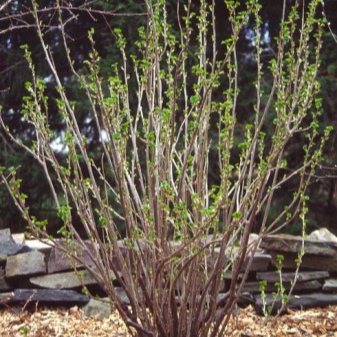
Rejuvenating
This procedure is necessary only if the currants are very old, but continue to yield. It is worth noting that bushes over 10 years old should be pruned rather hard (about 3 centimeters are left above the soil level). After that, the hemp that remains must be immediately scalded with hot water.
Younger shrubs rejuvenate by removing shoots from the age of four. This procedure is carried out annually. As for the rest of the branches, they are shortened by about 25 percent.
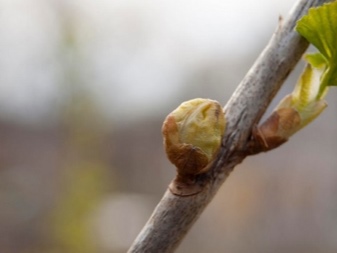
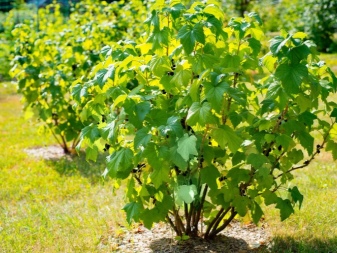
How to prune different bushes correctly?
Before pruning currants in the spring, you need to inspect the bushes and determine if they need this procedure. For novice gardeners, the best option would be to remove shoots that have mechanical damage or are affected by diseases (insect pests). You can identify branches for pruning by a number of signs:
- cracked bark;
- the formation of lichen branches and other foreign inclusions on the surface;
- dry and broken shoots;
- the appearance of black areas on the bark;
- drooping branches, as well as lying on the ground.
When the worst shoots are removed, the age of those that remain should be determined. In order for the currant to give a bountiful harvest, the bush must include branches of different ages.
- The shoots of the first year are rather thin, have a green color, there are no lateral branches.
- Two-year-old branches are similar to the first-year ones, but the bark on them is already turning brown.
- Three- and four-year-old shoots are dark brown in color and lateral branches.
- On five-year-old branches (black currant) and seven-year-old (red), cracked bark and lichen can be observed.
After determining the age, you can safely remove all branches, except for five young and five mature shoots. It is very important to trim branches that are 5 years old or older. It is necessary to leave the healthiest shoots on both old and young bushes. It is worth carefully removing the branches that are directed into the bush.
Experienced gardeners have a number of rules to maximize efficiency when pruning currants.
- The use of quality and well-sharpened tools.
- It is necessary to cut off the shoot so that there are no obstacles in the path of the juice flow.

When it becomes clear what the pruning is for - to form a bush or rejuvenate it - you can proceed to choosing a pruning method.
- Basal is used to completely remove the shoot. This is necessary if he is affected by disease or parasites. At the same time, hemp should not be left so that the remainder of the branch does not rot, and the root does not get infected. The cut should be located as accurately as possible at the branch point from the root of the neck.
- Cutting the top of the shoot, which has one or two buds, activates branching. Using this method, it should be borne in mind that the plant nourishes the three upper buds best of all. Therefore, it is important to leave intact the part of the branch on which the buds are oriented outward. It is only necessary to remove the tops, on which branches grow, leading to the center of the shrub.
- Removal of all lateral shoots (pruning "on the ring"), so that the bush is better updated. This method is most often used for black currants. In this case, the cut should be made only perpendicular to the direction of shoot growth and placed along the guard branch. It is important not to touch the latter and not leave a stump while removing the shoot.
- When thinning, shoots are cut, which give the bush an excessive density.All branches that are directed outward should be left. The distance between the outer shoot and the cut point should not exceed five millimeters. This will keep the stump as small as possible and will not damage the remaining bud.
The simplest pruning of a currant bush includes the following rules, which it is advisable to follow:
- a bush is formed from ten to twenty branches;
- there should be three fewer old shoots than young ones;
- pruning of currant shoots is carried out in the spring months (before sap flow), summer (after harvest) and autumn (after the foliage has fallen off);
- spring pruning must necessarily include the removal of branches that prevent the bush from developing normally;
- to obtain a large number of kidneys, pinching of the tops should be carried out.

When pruning blackcurrants, it is advisable for beginners to follow the next steps.
- First of all, the cutting of diseased, dry branches, as well as those with injuries, is carried out.
- Next, you need to remove all shoots aged 4 years and older. They bear very little fruit, but at the same time the plant has to spend a lot of energy on their maintenance.
- The next step is pruning the shoots lying on the ground, as they will not receive enough sun even in summer.
- After that, you can cut out the inner branches that make the bush too thick. So, the currants will be normally ventilated and evenly illuminated. This, in turn, will have a positive effect on the taste of the berries.
- Next, you should choose the five strongest young shoots and leave them. To make them branch better, you can shorten them by a third.
- The last step is pruning two- and three-year-old branches. All competing shoots must be removed. You should also cut off the tops on branches longer than 40-50 centimeters.
Spring pruning of a red currant bush looks somewhat different, since new shoots do not appear as actively as in black ones. Novice gardeners are best advised to follow a series of instructions.
- Remove old or diseased branches, as well as those that do not bear fruit or grow inside the bush.
- The next step is to remove young shoots that give a poor harvest.
- Next, you need to select from three to four strong branches and shorten the growth on them.
- If the tops of the shoots are dry, then they should be pruned.

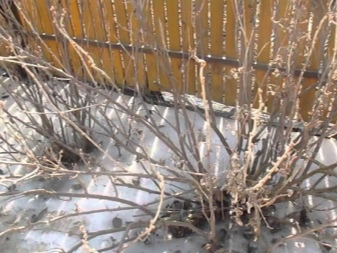
Old
Shoots aged five years and older are removed completely if the plants need rejuvenation. After such pruning, the bush will definitely release new branches.
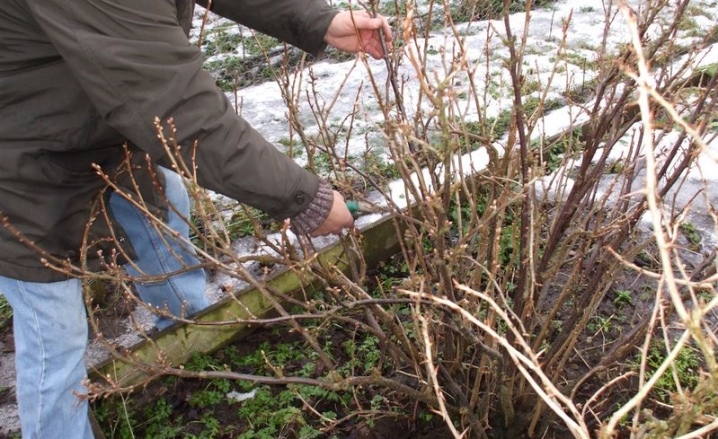
Young
Branches that live no more than two years are not completely cut off. You just need to pinch the tops. This will allow you to form the correct crown, and the shoots will begin to grow in the desired direction.
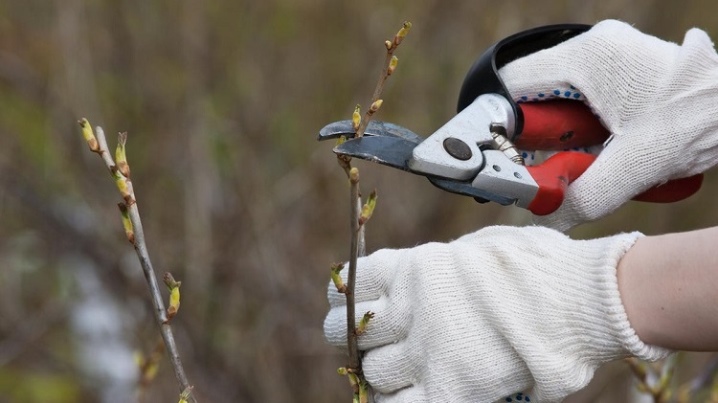
Launched
It is quite common that currant bushes grow on the site for many years, but without proper care. As a result, they become neglected. In this case, it is worthwhile to carry out a rejuvenating pruning of the bush. To do this, it is necessary to remove dry as well as infected shoots. This will be enough for spring pruning, and a more thorough cleaning is carried out already in the autumn months.
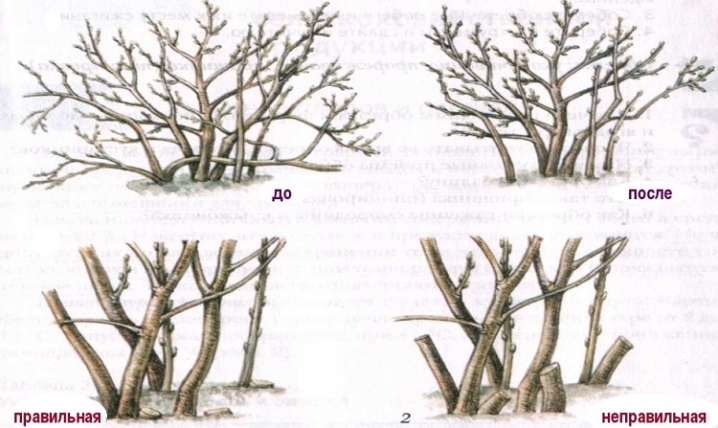
Follow-up care
After pruning, currant bushes need special care. The first thing to do is collect and dispose of the remote branches. They cannot be left in the garden. Cut off shoots can contain aphids, mites, and fungal spores that can be transferred to healthy plants. All collected garbage must be burned.
It is important to treat all wounds and sections. This will help the bushes recover more quickly from the stress of pruning. For this procedure, either a special paste or garden var is used. Such preparations can be either purchased ready-made in specialized stores, or made independently. For example, rosin, animal fat and sunflower oil can be mixed to obtain the desired putty. However, experienced gardeners recommend using purchased products.Their cost is low, they are exactly suitable for processing sections, and at the same time they are enough for a long time.
Also, after pruning, it is important to feed the currant bushes. The best option would be complex mineral fertilizers, which will include nitrogen, potassium and phosphorus. As a last resort, you can use superphosphate or ammophoska.
Organic fertilizers, such as rotted manure (cow or horse), are also suitable. However, when using them, it is important not to burn the roots of the bushes.
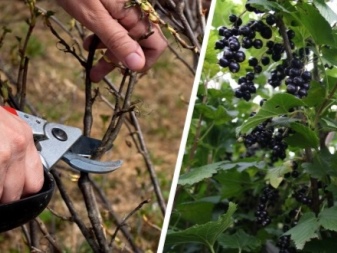
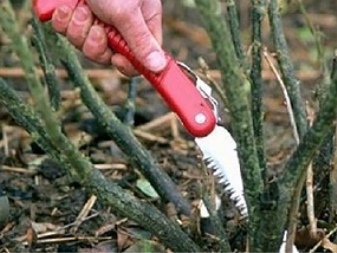
Common mistakes
Gardeners with little experience can sometimes make some mistakes. However, knowing about them in advance, you can correctly carry out the formation of a healthy bush. Therefore, it is worth taking a closer look at the most common ones.
- Carrying out the procedure at the wrong time. This often happens when it is still very cold or when the kidneys are already swollen.
- In the process of filing, hemp appears. Through them, the bushes can be infected with various infections.
- Failure to properly handle wounds and cuts to avoid disease.
- Carrying out pruning with poor tools that can chip or damage the bark on branches.
- Pruning without following certain patterns.
- Removing young branches instead of old ones. This often happens due to the misconception that large shoots give a more bountiful harvest.
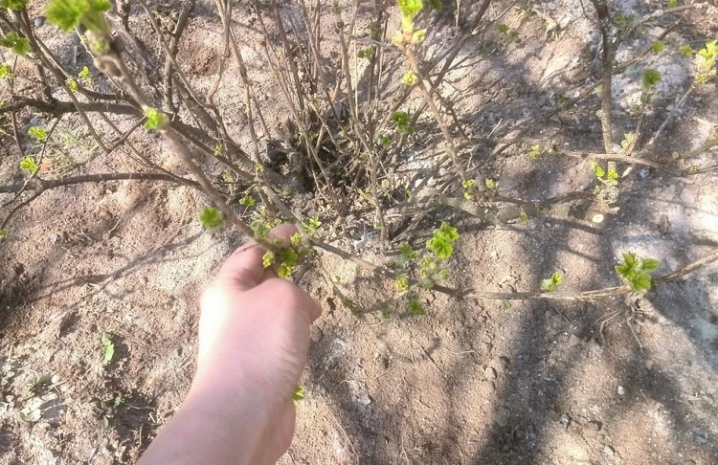













The comment was sent successfully.